
You don’t have to be an avid tea drinker to have heard of Earl Grey tea. This is one of the most recognizable types of tea in the world. Despite this, most people know very little about the blend, including what it actually consists of. This is a shame considering that it has a rich history, complete with a fascinating production process.
If you would like to learn more about the origins and composition of Earl Grey tea, then this is the article for you. Here, you can learn all there is to know about this beverage so that you can enjoy the brew to its fullest extent.
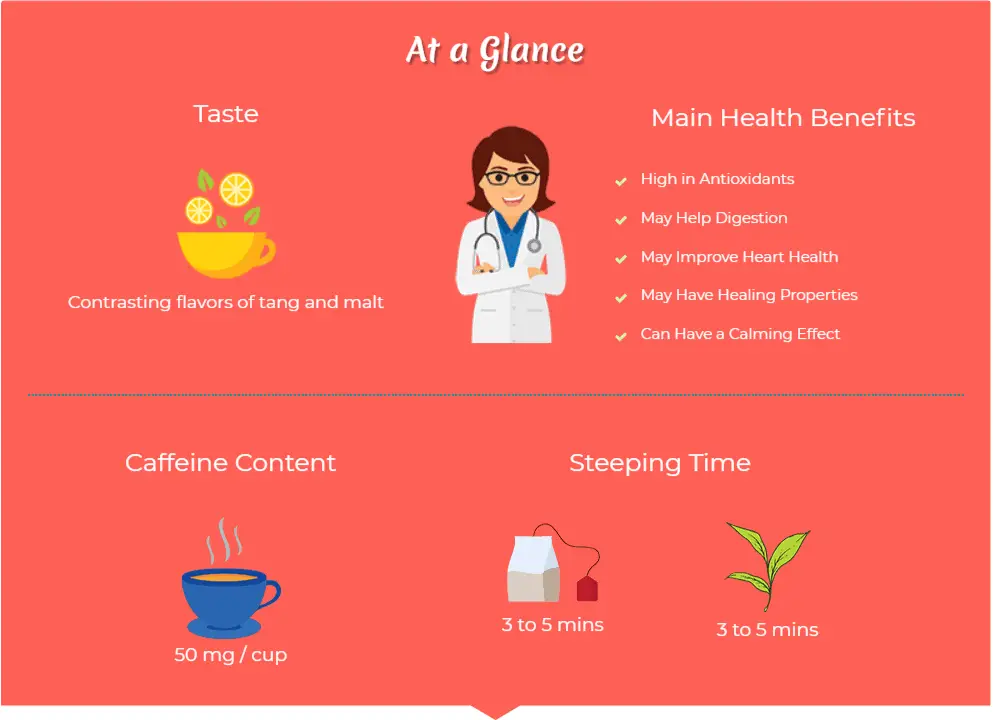

Contents
To begin with, let’s take a closer look at what Earl Grey tea is and why it stands out from other blends. Many people consider this beverage to be a type unto itself but this isn’t the case. Rather, Earl Grey tea is what is known as a flavored tea.
The base of the drink is a true tea – black tea. The leaves are simply infused with that of bergamot orange. This is a fruit that looks and tastes like a cross between an orange and a lemon. It is the oil from the rind of the bergamot orange that gives Earl Grey tea its unique flavor.
This blend of tea wasn’t always known as such. The origins of the tea began in China, where the local tea masters would try different infusions and flavors to tempt the upper echelons of western society. The resulting bergamot-flavored tea was simply a result of these various experiments.
Now, the birthplace of this flavored tea is fairly obvious. However, historians are a little puzzled about how the beverage got its name. After making its way to London in the 17th century, the tea was named after Charles Grey, who was the British Prime Minister from 1830 to 1834. He was known as 2nd Earl Grey.
There are a number of stories about why the tea was named after this notable politician, but none can be verified. It is a popular belief that this bergamot-flavored tea was a gift from a Chinese tea master. According to the tale, Grey played a role in saving the tea master’s son. There are other accounts that mention that the tea was a diplomatic gift.
Regardless of how the tea made its way into the Grey household, it became an instant hit. Lady Grey served it to visiting dignitaries and other members of London’s elite. As such, it became incredibly popular among the upper classes of England.
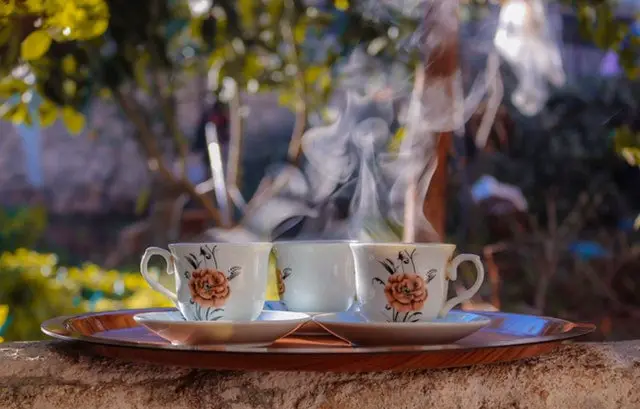
It is important to understand that Earl Grey doesn’t actually have a universal taste. The precise flavor profile will often differ quite a bit from one manufacturer to another. Still, you should be aware of the most common notes expected with this type of tea.
In most cases, the black tea is what will lend notes of a full-bodied malt taste to the brew. As such a woodsy taste may come through, and depending on the brand, it may also have hints of honey, caramel, or even toffee.
The bergamot, of course, is what adds a citrusy punch to a cuppa. Most experts agree that bergamot oranges taste like lemons or grapefruit. This refreshing taste is often accompanied by a slightly floral aroma as well. It is the contrasting flavors of tang and malt that really make this tea stand out from the rest.
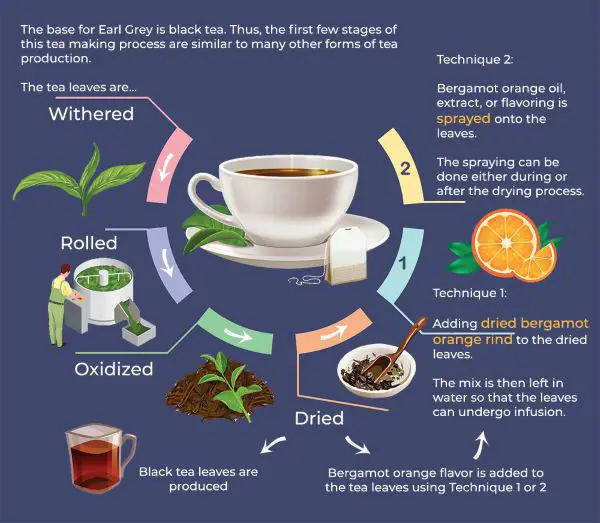
As mentioned, the base for Earl Grey is black tea. Thus, the first few stages of this tea making process are similar to many other forms of tea production. The tea leaves are withered, rolled, undergo oxidation, and then are finally dried. This is what produces the black tea leaves.
After this, the bergamot orange flavor can be introduced into the tea leaves in two separate ways. The first technique involves adding dried bergamot orange rind to the dried leaves. The mix is then left in water so that the leaves can undergo infusion.
The second method is where bergamot orange oil, extract, or flavoring is sprayed onto the leaves. These flavors can either be from a natural or synthetic bergamot source. The spraying can be done either during or after the drying process. This process often results in a much stronger flavor.
As stated in the previous section, Earl Grey tea will differ from one brand to another. This is because each manufacturer differs when it comes to the type of tea used, how the tea is dried, the type of bergamot used, and how much bergamot is added. Let’s take a closer look at the variations.
Tea leaves can be dried in a number of ways. Some are roasted, while others are pan-fried or even steamed. The exact method used will alter the taste of the resulting tea leaves. Due to this, the final results of each of these techniques will taste different as well.
All true teas – black teas included – come from the same kind of tea plant. However, the country of origin of these plants can alter the taste. Therefore, plants from Sri Lanka, India, and Africa will have their own flavor characteristics.
It should also be noted whether the leaves originate from a single estate tea or a blend from around the world. This, too, will contribute to a distinct taste. Thus, the flavour of black tea can differ from sweet, with floral notes to rich with hints of malt.
As mentioned, some of the bergamot flavor used is synthetic. Not only is the flavor stronger with this option, but this type of Earl Grey is also safe for tea drinkers with citrus allergies. Earl Grey made from artificial bergamot tends to have a consistent taste from one batch to another.
When natural bergamot is used, though, there can often be variations in flavor. In many cases, this depends on where the bergamot was sourced from. Fruits cultivated in either Italy, France, or Turkey will all have their own unique flavor.
It is also up to the tea master or the manufacturer to determine just how much bergamot should be used. In certain instances, the tea master will opt for a lighter infusion so that the taste of the black tea leaves still shines through. In other instances, the bergamot will be the star of the store, resulting in a greater quantity being added.
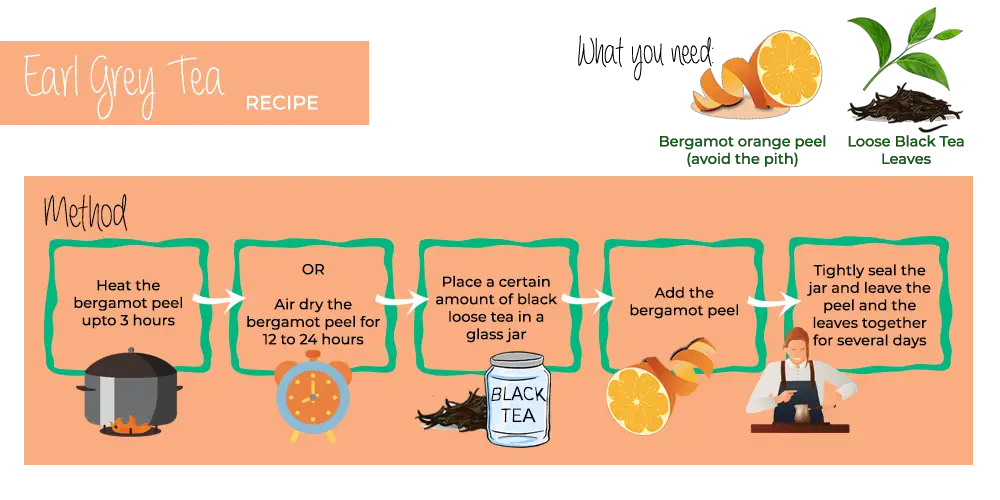
If you prefer to create your own tea to bergamot ratio, it is possible for you to make Earl Grey tea at home! Just remember that it will take some experimentation before you get the ratio exactly right. Here is what you need to do:
You can either air dry the bergamot peel or use heat. With heat, it should take about three or so hours to reach the perfect level of dehydration. You may need to air dry the peel for 12 to 24 hours. It is also possible to use a dehydrator for this purpose.
Place a certain amount of black loose tea in a glass jar. Then, add the bergamot peel. It is best to start with just a few pieces of peel and then gradually work your way up when you decide on your preferred flavor. Tightly seal the jar and leave the peel and the leaves together for several days.
Earl Grey tea isn’t just delicious, it also has several nutrients that can boost your overall health. Here are all of the benefits associated with drinking this beverage:
Bergamot boasts a high concentration of plant compounds known as polyphenols. The polyphenols, in turn, act as antioxidants. The compounds destroy free radicals that cause cell damage, which can lead to a number of different diseases.
So by consuming Earl Grey tea, you may actually be able to stay healthier for a longer period of time. There is a possibility that you will be able to ward off certain conditions such as cancer, which is often caused by free radicals.
There is also quite a bit of evidence to show that bergamot can aid people with digestive issues. These include conditions such as inflammation of the digestive system, stomach ulcers, and stomach pain. The anti-inflammatory properties of this compound can help to negate these effects.
Adding to this is the benefits of black tea for the stomach. These can work to prevent painful ulcers and may even promote healing after the fact. So, when combined, both these ingredients can have an even greater positive impact.
One of the more useful effects of bergamot is that it helps to reduce the level of cholesterol in the body. This, in turn, can help to cut down on the risk of developing heart disease. There is some evidence to suggest that this ingredient can improve the efficacy of traditional medicines for cholesterol as well.
Some of the other components of bergamot can also inhibit the action of cholesterol-producing enzymes. This further helps to keep your cholesterol levels in check. Furthermore, black tea has its own positive impact on heart health. Drinking several cups has been shown to reduce blood pressure.
There are several actions of bergamot that can contribute to wound healing. These include immunomodulatory and anti-inflammatory activities. As a result, it may be used to treat injuries, skin blemishes, and even eczema, acne, and psoriasis.
Bergamot essential oils have long been used to initiate a sense of calm in individuals. Since similar oils are present in Earl Grey tea, this beverage may be used to help individuals with psychological stress. As a result, it may be a helpful coping mechanism for anxiety.
Clearly, Earl Grey tea can boost the health of a number of individuals. However, can it be safely consumed by everyone? Well, there are some components in this tea that do require a bit of precaution..
To start with, Earl Grey does have a rather high concentration of caffeine. As such, it may not be suitable for pregnant mothers or people who avoid caffeine consumption. Caffeine can also make it difficult for some people to fall asleep. Thus, it may not be a good idea to consume this beverage later on in the day.
Regular consumption of this tea may not be appropriate for individuals with low levels of iron. It contains tannins that can reduce the proper absorption of iron by the body. If you do wish to continue drinking Earl Grey, make sure to drink it between meals.
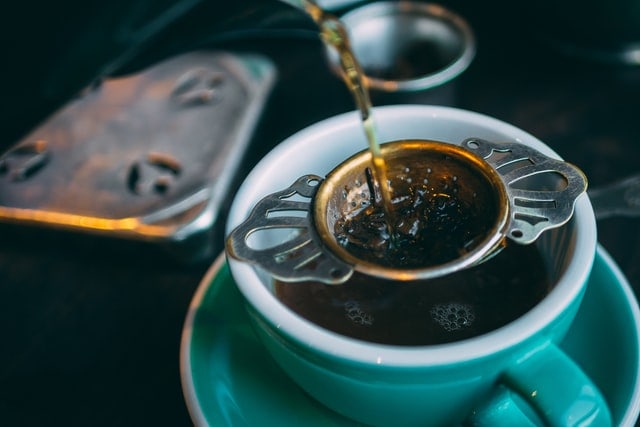
Not all Earl Grey products are high-quality. So, you will have to sift through different brands before you can discover which tea is superior. Here are a few factors to pay attention to when selecting the best Earl Grey tea:
Most experts would advise against using tea bags for this particular brew. This is because the bags often contain a lower quality leaf. Also, because the components are trapped within the bag, the diffusion of flavor and color is less than ideal. If you insist on buying tea bags for convenience, look for gourmet or organic blends.
Whenever possible, opt for a loose-leaf. Of course, to ensure that you are getting a high-quality product, select a well-known brand. Consider leaves that have some shine or luster. Also, they should be whole rather than broken. Last but not least, the leaves should emit a strong bergamot scent.
Tea can be sourced from all over the world. However, there are some nations that have made tea production a fine art. Thus, if you buy tea from these nations, you are more likely to get a delicate yet delicious brew. This is why it is best to opt for Indian, Chinese, or Ceylon tea. You should make it a point to avoid blends and to look for leaves from a single estate source.
Finally, you should always read the ingredients. This will tell you just how many components have been added to the leaves. In this instance, less is more. So, ideally, there should only be black tea leaves and bergamot. Skip any brands that add soy lecithin on anything else that may alter the taste and quality of the tea.
For the perfect taste, you may want to consider the source of the bergamot as well as the black tea. Oftentimes, the best bergamot orange is found in Italy. However, those sourced from France and Turkey are acceptable as well.
Once you buy a good brand, your next concern should be how to store the tea. On average, flavored teas such as Earl Grey have a shelf-life of six months to a year. This is provided that the proper environmental factors are maintained.
Light and heat can activate enzymes in the tea leaves, causing them to degrade. As a result, it is important to keep the leaves away from sunlight. The leaves will last longer when maintained at room temperature.
Another culprit is moisture. This is why the leaves should be stored in a dry spot. You should also avoid refrigerating or freezing them. Always use a completely dry spoon to scoop the leaves out of the container.
You will also need to limit how much the leaves are exposed to oxygen. The longer the leaves remain in open air, the greater the chance of them absorbing moisture or other odors. This is why you should select a glass container that has excellent sealing qualities. Opaque containers are the best.
Now, Earl Grey tea is only as good as its fragrance and taste. This is why you should keep it away from any other substances that carry a strong scent. This includes coffee, spices, and other ingredients that can be absorbed by tea leaves.
Finally, you need to know how to brew the perfect cup of Earl Grey tea. There are many different factors that need to come together to create a well-balanced cup of tea.
You should always use cold water that has been well-filtered. Avoid using warm water from the tap. The water should be heated until it begins to boil. Then, turn off the heat and allow it to settle for a minute or so.
Experts advise that you should always warm the pot before proceeding with the tea making process. To do this, pour some of the water from the kettle into a teapot or cup and swill it around for a bit. Once the vessel has been sufficiently warmed, you can throw away the water.
Your next step would be to measure out the right quantity of tea leaves and water. As a rule of thumb, add 2 grams of tea leaves for every 6 ounces(177 ml) of water. Keep in mind that the exact weight of the tea leaves can change from one brand to another. So, always weigh the tea leaves for a particular brand when you use it for the first time.
The exact steeping time will depend on how strong you like your tea. Nevertheless, it is best to steep the tea for a period of 3 to 5 minutes. A longer time will result in an overwhelmingly bitter brew.
There are a few different ingredients that you can add to a freshly brewed cup of Earl Grey. The most common is a slice of lemon and sugar to taste. However, it is fairly common for some tea drinkers to add a splash of milk as well.
Now, let’s take a look at some of the more interesting facts about Earl Grey tea:
Early Grey tea does have a fascinating history. To be able to truly savor and enjoy this brew, it is best to know exactly what goes into making it. You will be able to appreciate the notable and subtle notes in the beverage that much more.
